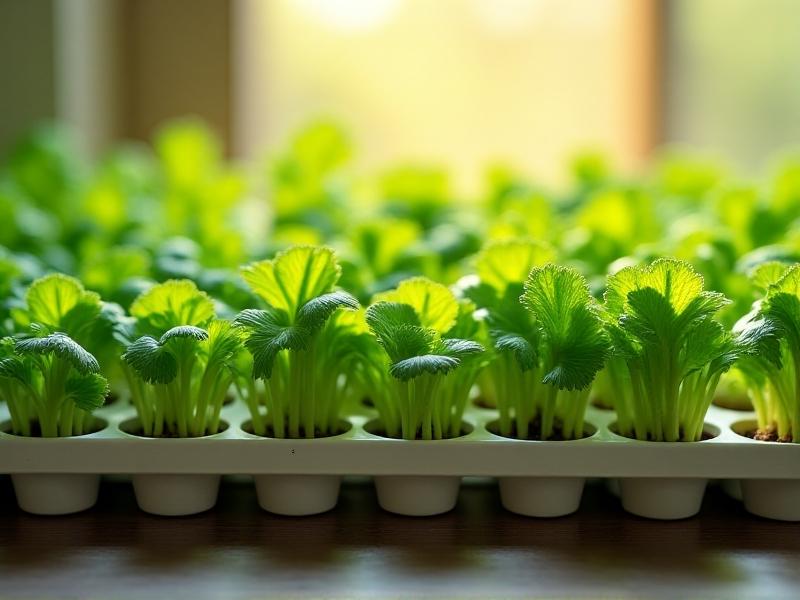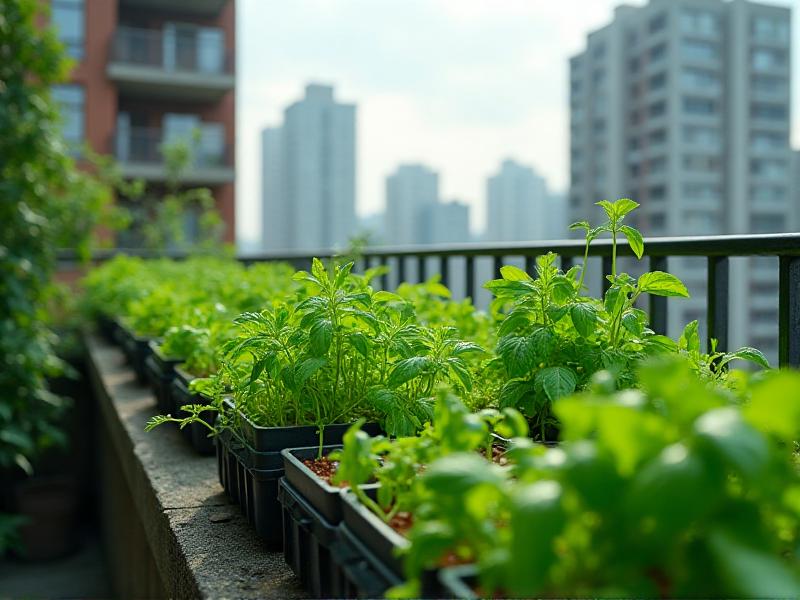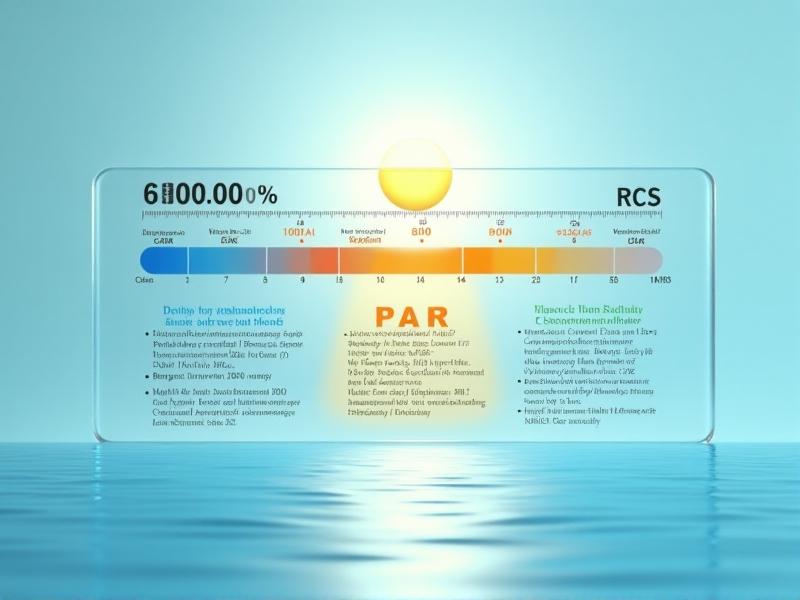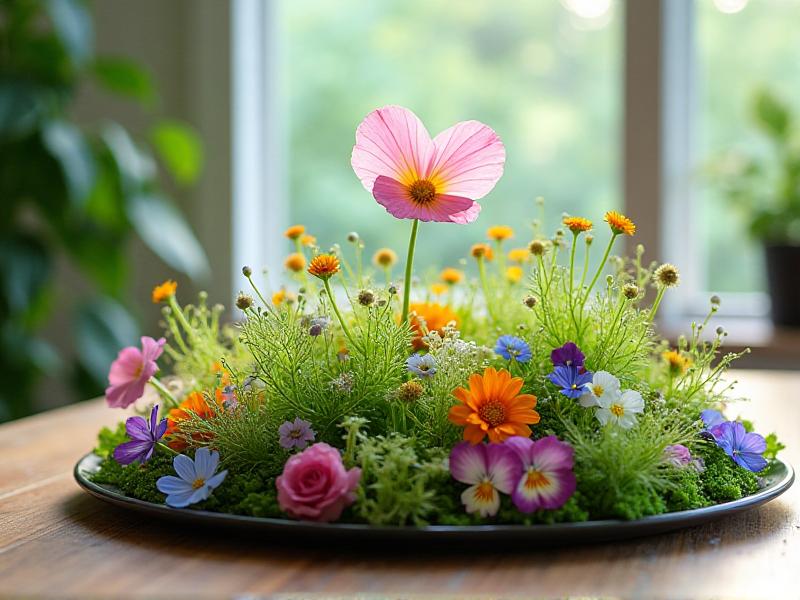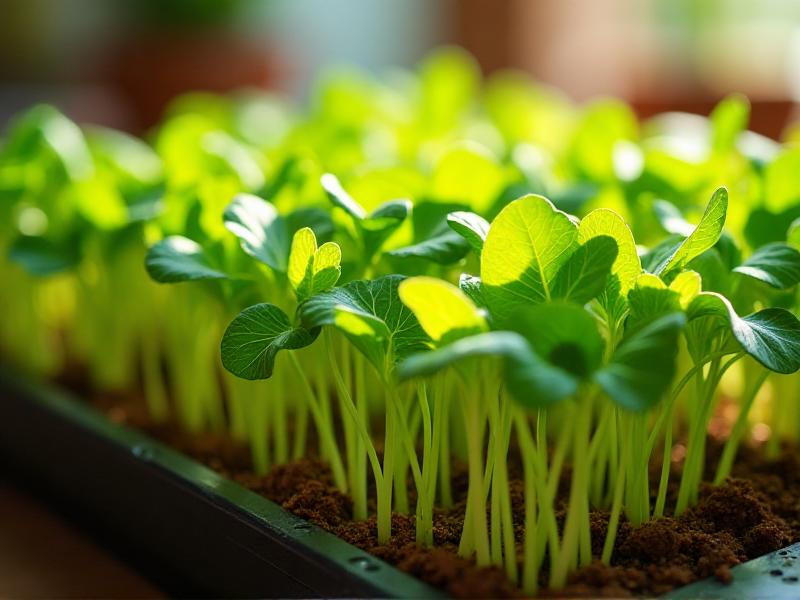Molecular Gastronomy with Microgreen Essences
The Fusion of Science and Flavor: An Introduction to Molecular Gastronomy
Molecular gastronomy is a culinary discipline that explores the physical and chemical transformations of ingredients during cooking. It’s a marriage of science and art, where chefs use techniques like spherification, emulsification, and gelification to create dishes that surprise and delight the senses. This approach to cooking has revolutionized the culinary world, allowing chefs to experiment with textures, temperatures, and presentations in ways that were once unimaginable.
At the heart of molecular gastronomy is the desire to understand and manipulate the fundamental properties of food. By applying scientific principles, chefs can create dishes that challenge traditional notions of what food can be. For example, a liquid can be transformed into a gel, or a solid can be made to dissolve instantly on the tongue. These techniques not only enhance the dining experience but also open up new possibilities for flavor combinations and presentations.
In this blog post, we’ll explore how molecular gastronomy can be combined with the delicate flavors of microgreens to create dishes that are both innovative and delicious. Microgreens, the young seedlings of vegetables and herbs, are packed with nutrients and offer a concentrated burst of flavor. When paired with the techniques of molecular gastronomy, they can elevate a dish to new heights, adding both visual appeal and a depth of flavor that is hard to match.

The Rise of Microgreens: A Culinary Powerhouse
Microgreens have taken the culinary world by storm in recent years, and for good reason. These tiny greens, harvested just after the first leaves have developed, are not only visually appealing but also nutritionally dense. They come in a variety of flavors, from peppery arugula to sweet pea shoots, making them a versatile ingredient in the kitchen.
What sets microgreens apart from their fully-grown counterparts is their intense flavor profile. Because they are harvested at such an early stage, the flavors are more concentrated, allowing them to pack a punch in even the smallest quantities. This makes them an ideal ingredient for molecular gastronomy, where the goal is often to create dishes that are both flavorful and visually striking.
In addition to their flavor, microgreens are also rich in vitamins, minerals, and antioxidants. Studies have shown that they can contain up to 40 times more nutrients than their mature counterparts, making them a powerhouse of nutrition. This combination of flavor and nutrition has made them a favorite among chefs and health-conscious consumers alike.
As we delve deeper into the world of molecular gastronomy, we’ll explore how microgreens can be used to enhance both the flavor and presentation of dishes. From garnishes to main ingredients, these tiny greens have the potential to transform a dish, adding both complexity and elegance.
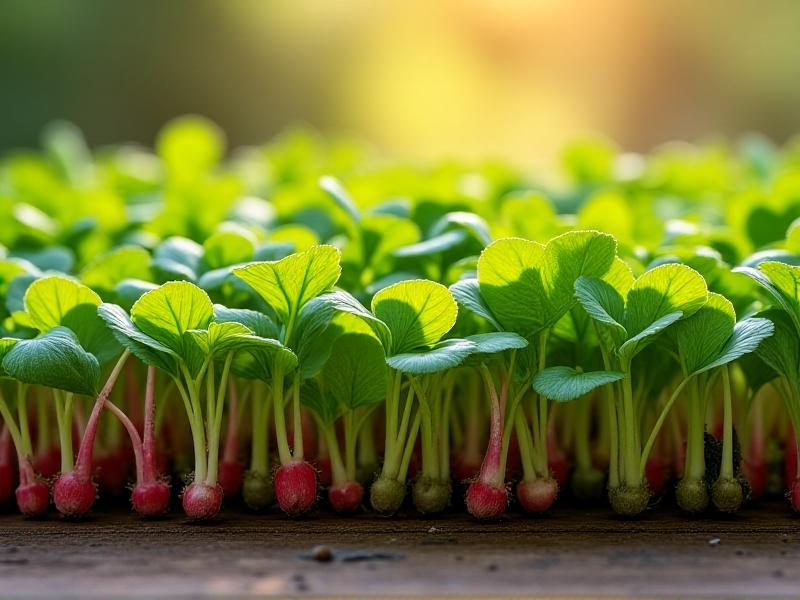
Techniques of Molecular Gastronomy: Transforming Ingredients
Molecular gastronomy relies on a variety of techniques to transform ingredients into something entirely new. One of the most well-known techniques is spherification, which involves creating liquid-filled spheres that burst in the mouth. This technique can be used to encapsulate the flavors of microgreens, creating a surprising and delightful experience for the diner.
Another popular technique is emulsification, which is used to create stable mixtures of ingredients that would normally separate, such as oil and water. This can be used to create foams or airs that add a light, airy texture to a dish. When combined with the intense flavors of microgreens, these foams can add a new dimension to a dish, both in terms of flavor and presentation.
Gelification is another technique that is commonly used in molecular gastronomy. This involves turning liquids into gels, which can then be cut into shapes or used to create layers in a dish. This technique can be used to create a solid base for a dish, allowing the flavors of the microgreens to shine through.
These are just a few of the techniques that can be used in molecular gastronomy, and each one offers new possibilities for creativity in the kitchen. By combining these techniques with the flavors of microgreens, chefs can create dishes that are both innovative and delicious, pushing the boundaries of what is possible in the culinary world.
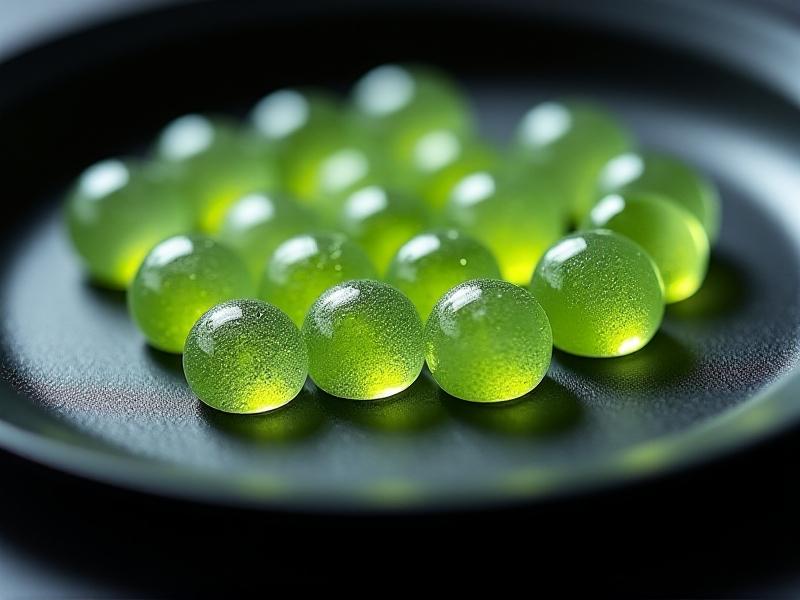
Microgreen Essences: Extracting Flavor and Nutrition
One of the key aspects of molecular gastronomy is the ability to extract and concentrate the flavors of ingredients. This is particularly important when working with microgreens, as their flavors are already highly concentrated. By extracting the essence of microgreens, chefs can create powerful flavorings that can be used in a variety of ways.
There are several methods for extracting the essence of microgreens, including juicing, infusion, and distillation. Juicing involves pressing the microgreens to extract their liquid, which can then be used as a base for sauces or dressings. Infusion involves steeping the microgreens in a liquid, such as oil or water, to extract their flavors. Distillation involves heating the microgreens to release their essential oils, which can then be collected and used as a flavoring.
Once the essence has been extracted, it can be used in a variety of ways. It can be added to foams or gels to create a burst of flavor, or it can be used as a base for a sauce or dressing. The possibilities are endless, and the intense flavors of the microgreens can add a new dimension to any dish.
In addition to their flavor, microgreen essences are also packed with nutrients. Because the essence is extracted from the entire plant, it contains all of the vitamins, minerals, and antioxidants that are found in the microgreens themselves. This makes them a powerful ingredient, both in terms of flavor and nutrition.
Pairing Microgreens with Molecular Techniques: A Match Made in Culinary Heaven
When it comes to molecular gastronomy, the key is to find the perfect balance between technique and flavor. Microgreens offer a unique opportunity to do just that, as their intense flavors can be paired with a variety of techniques to create dishes that are both innovative and delicious.
One of the most effective ways to pair microgreens with molecular techniques is to use them as a garnish. Because microgreens are so visually appealing, they can add a pop of color and texture to a dish, making it more visually striking. When paired with techniques like spherification or gelification, they can add a surprising element to the dish, creating a memorable dining experience.
Another way to pair microgreens with molecular techniques is to use them as a main ingredient. For example, microgreen essences can be used to create foams or gels that add a burst of flavor to a dish. These essences can also be used to create sauces or dressings that enhance the overall flavor of the dish.
Finally, microgreens can be used to add a finishing touch to a dish. For example, a sprinkle of microgreens on top of a foam or gel can add both flavor and texture, creating a dish that is both visually appealing and delicious. The possibilities are endless, and the combination of microgreens and molecular techniques offers a new world of culinary creativity.
The Future of Molecular Gastronomy with Microgreens
As the culinary world continues to evolve, the combination of molecular gastronomy and microgreens is likely to play an increasingly important role. The intense flavors and nutritional benefits of microgreens make them an ideal ingredient for molecular techniques, and the possibilities for creativity are endless.
In the future, we can expect to see more chefs experimenting with microgreens in their molecular gastronomy dishes, pushing the boundaries of what is possible in the kitchen. From foams and gels to sauces and dressings, microgreens offer a new world of flavor and texture that can enhance any dish.
As consumers become more interested in both the flavor and nutritional content of their food, microgreens are likely to become an even more important ingredient in the culinary world. Their ability to add both flavor and nutrition to a dish makes them a valuable tool for chefs, and their versatility makes them a favorite among consumers.
In conclusion, the combination of molecular gastronomy and microgreens offers a new world of culinary creativity. By pairing the intense flavors of microgreens with the techniques of molecular gastronomy, chefs can create dishes that are both innovative and delicious, pushing the boundaries of what is possible in the kitchen.
